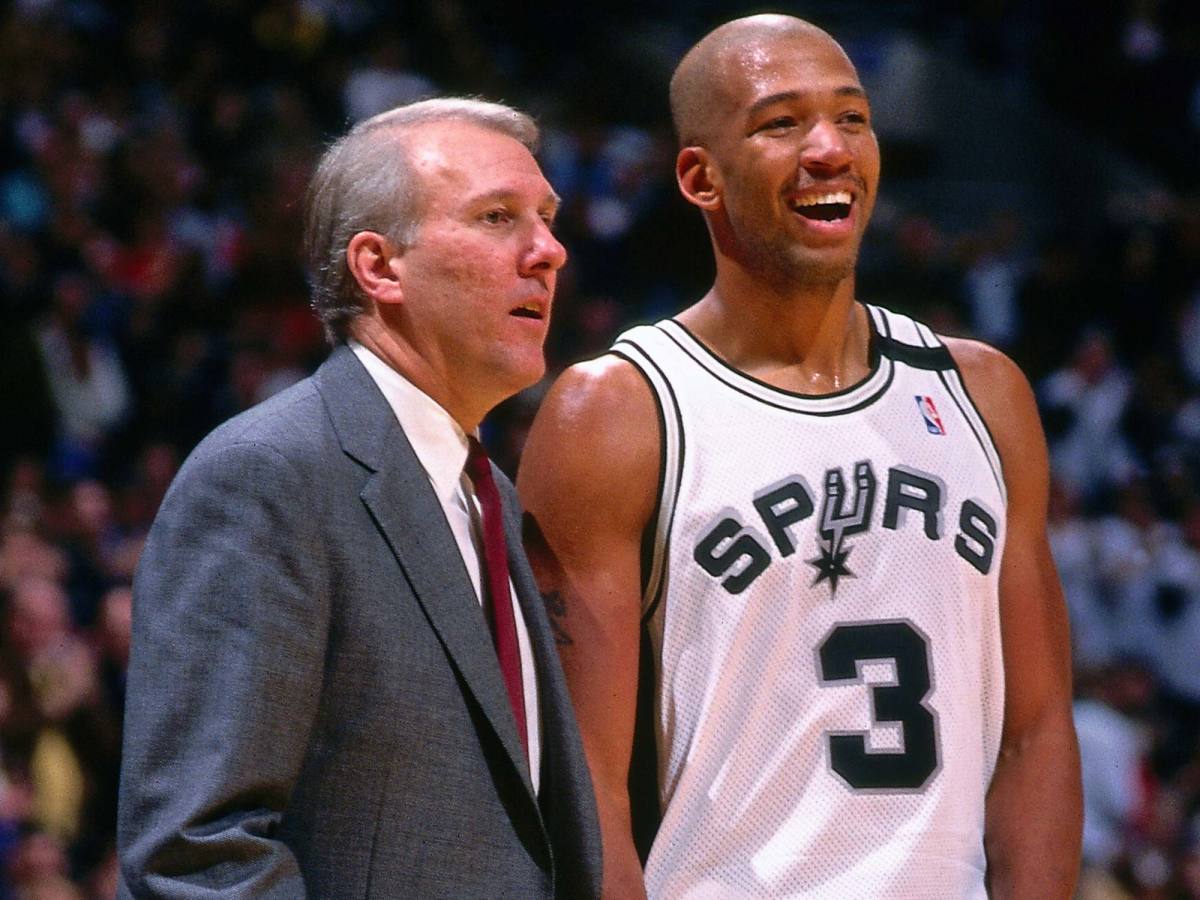
"S
trategy is a framework to guide critical choices to achieve a desired future,” said MIT Sloan senior lecturer Donald Sull in a new MIT Sloan Management Review webinar....[A] strategic vision must be detailed enough to lay out a clear vision while being broad enough to allow for flexibility and adjustment....
An ideal strategy provides enough guidance to empower workers to make trade-offs, formulate goals, allocate resources, prioritize activities, and clarify what people are committing to do. At the same time, it offers enough flexibility to allow people to seize opportunities and adapt as needed....
Take American Airlines versus Southwest Airlines. American has goals like “be an industry leader” and “look to the future.” Inspiring but vague. Southwest, on the other hand, has initiatives like “fleet modernization” and “growth of Rapid Rewards program.” Precise and defined.
Kara Baskin
"How to turn a strategic vision into reality," Ideas Made to Matter: MIT. Mar 28, 2018






